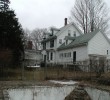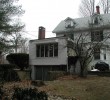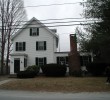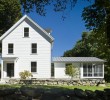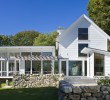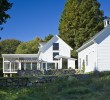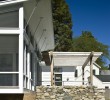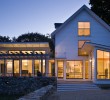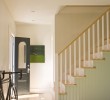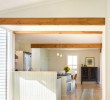House of the Month: Redesign of a Historic 1890s-era House
Video
When architecture must subordinate itself to centuries of history, the challenge facing the designer is to create a structure that is simple and retiring while still expressive of its own generation. Estes/Twombly Architects’ redesign of the Overall House in Concord, Massachusetts, achieved simplicity not only in terms of its massing but in terms of its program as well.
The town of Concord has a rich history to safeguard. Not only was it the scene of the first Revolutionary War battle, but in the mid-19th century it was home to some of the United States’ most prominent literary figures. Located only 20 miles west of Boston, Concord has successfully maintained its historic village character, in part because it has a Historic District Act dating from the 1960s.
Homeowners within the town’s historic district must conform to various guidelines when planning an addition, including that the addition be “differentiated from the existing building” and that its location be “least visible from public view.” These guidelines provided a framework for the redesign of the 1890s-era Overall House. Another determinant of the redesign was the fact that the original house had two existing additions, one dating from the 1920s and the other from the 1950s; each compromised the home’s historic integrity.
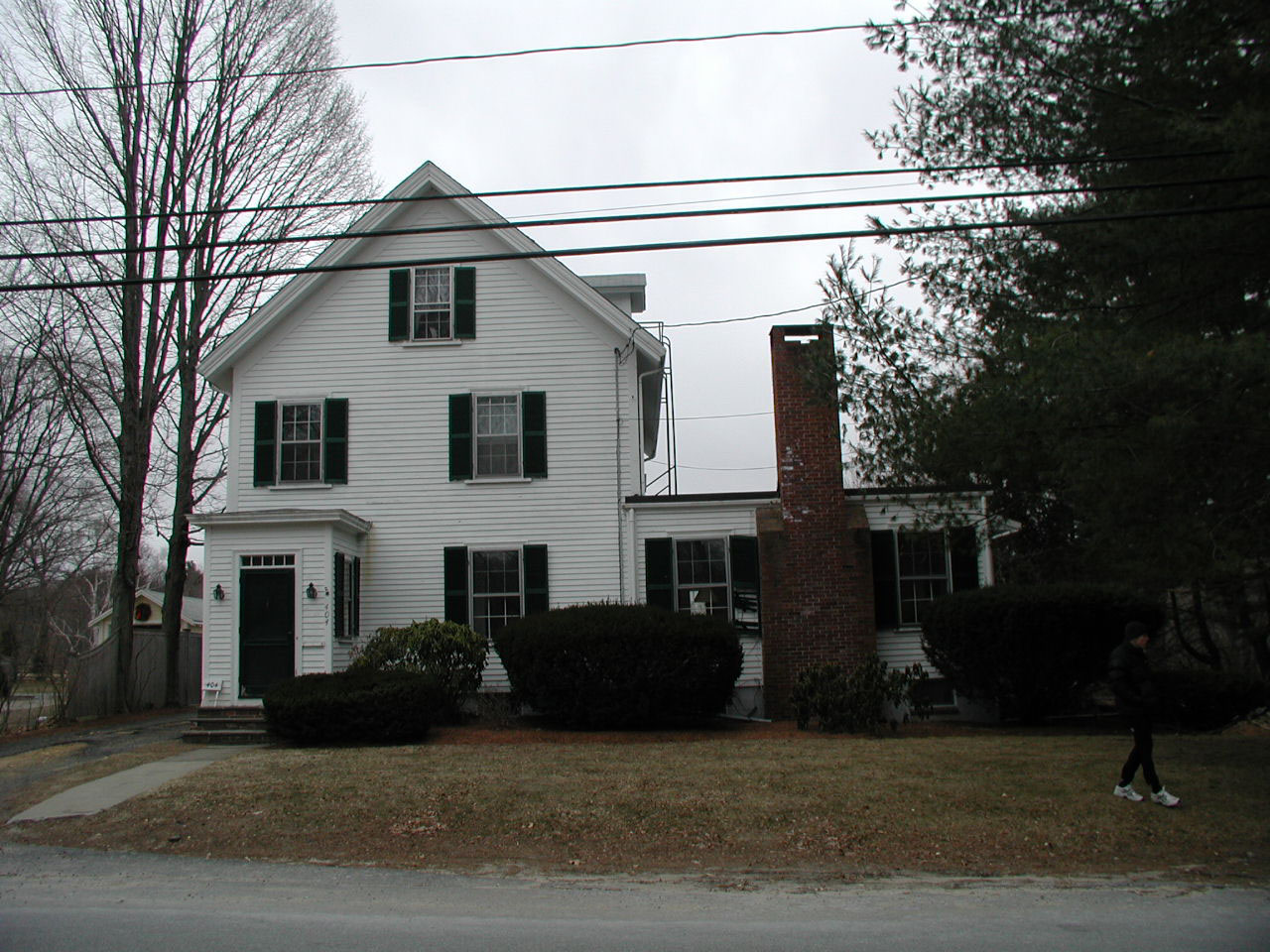
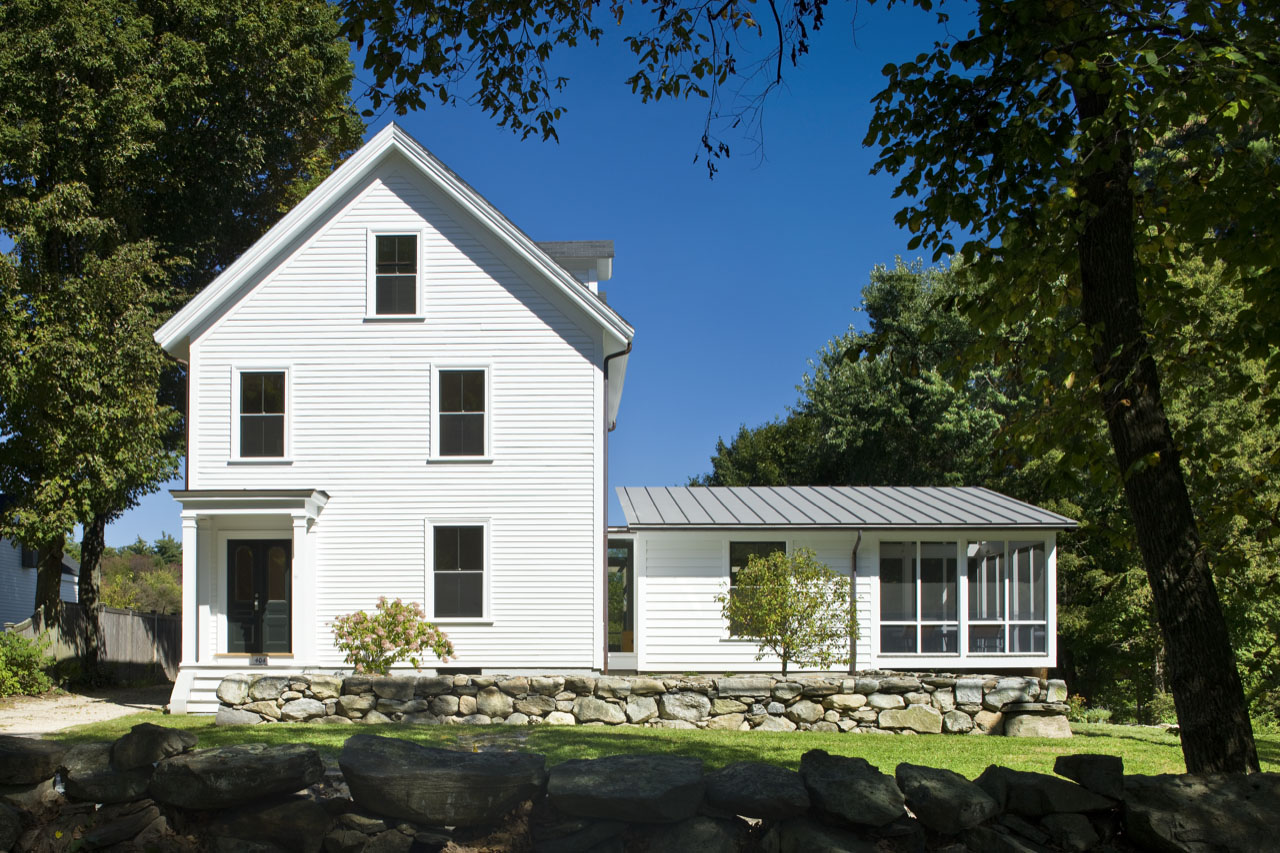
The first step in reconfiguring the house was to remove the previous additions. In so doing, “even though it’s very unusual, we actually reduced the square footage of the house,” says Jim Estes, principal of Estes/Twombly Architects. The remodel reduced the home’s size from 2,400 sq. ft. to 2,100. Since a primary goal was to keep the addition secondary, with the pure form of the original farmhouse remaining visually dominant, Estes says that the design of the new forms required “mainly a playing with proportion and materials.” Therefore, the new living room, which faces the street, is set back from the façade of the original structure by more than 10'. The architects also used 3' wide glass separators to connect the new additions to the original house. Materials used in the additions echo those used in the original house but display subtle differences. For example, the siding is of wood clapboard with wood trim, although the boards have a greater exposure on the addition, contrasting with the more traditional 4” exposure on the main house.
Historic guidelines did not, however, dictate every aspect of Estes/Twombly Architects' design. Shed roofs on the new portions of the house, fitted with full height windows, frame a private yard and patio area and also open a view toward the Concord River behind the house. “It’s possible that this is the first contemporary addition [the Historic Districts Commission] has allowed,” says Estes. Although the Historic Districts Commission had some reservations about the style of the design, it was decided that meddling with individual architectural elements would destroy the unity of the composition, and, because the architects’ overall treatment of the streetfront was sensitive, construction was allowed to move forward.
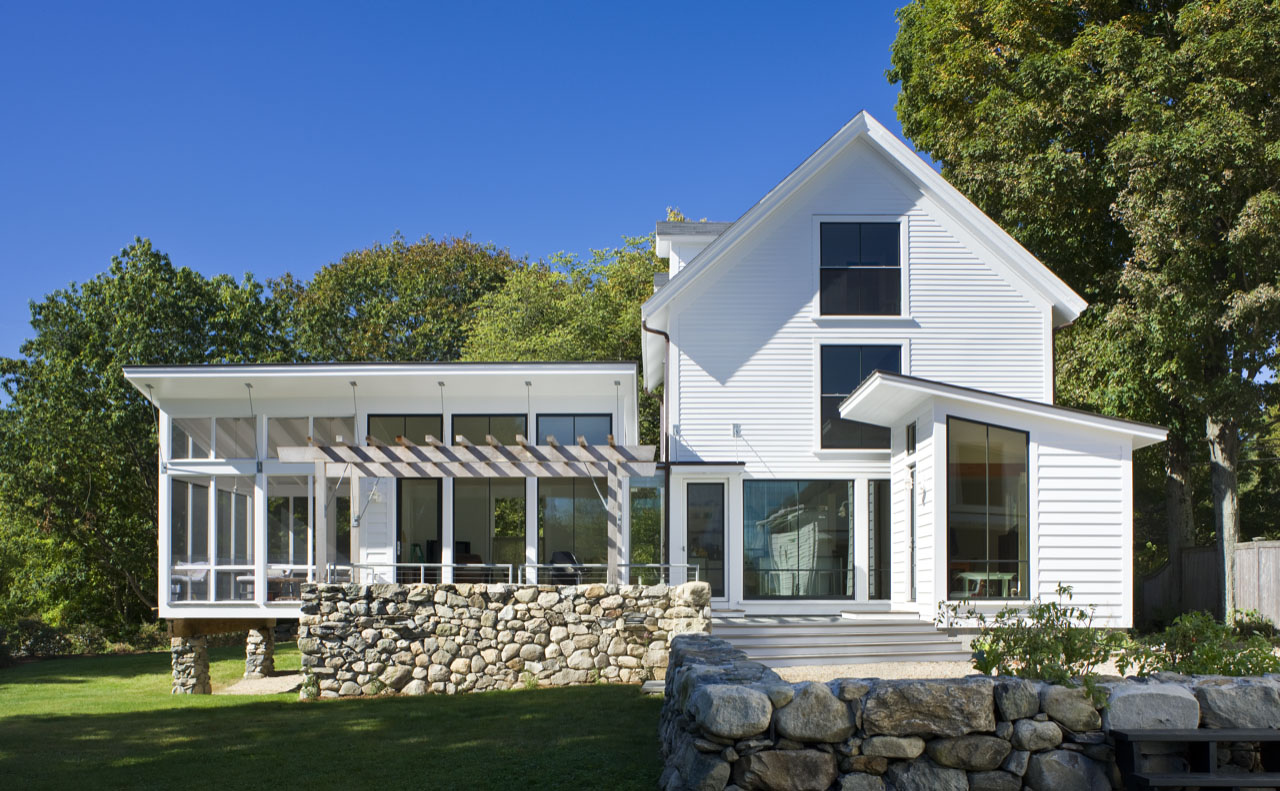
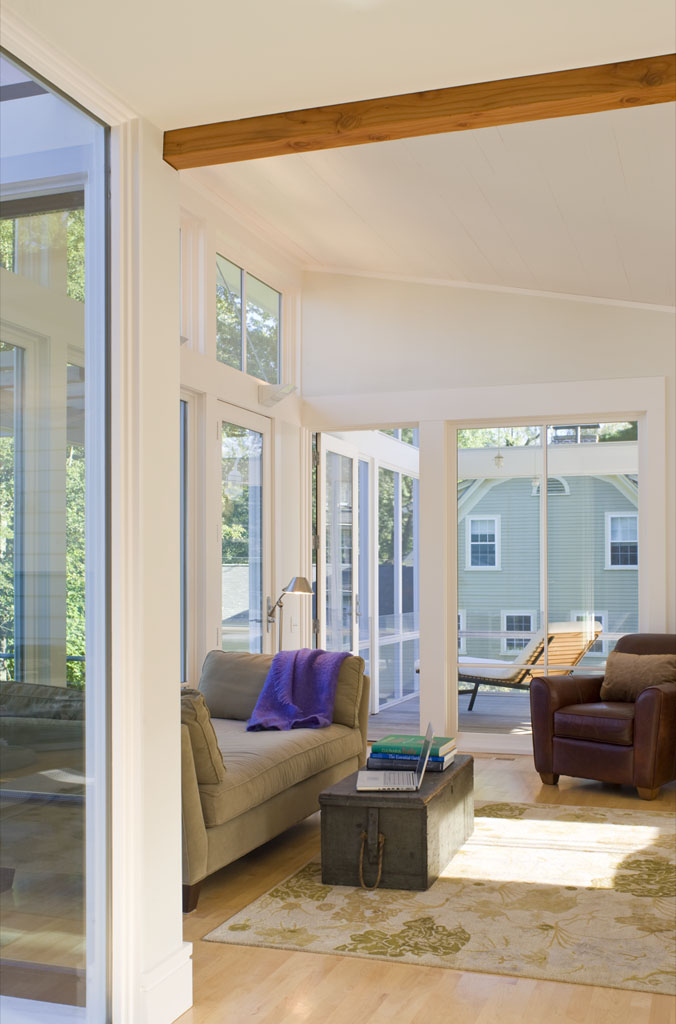
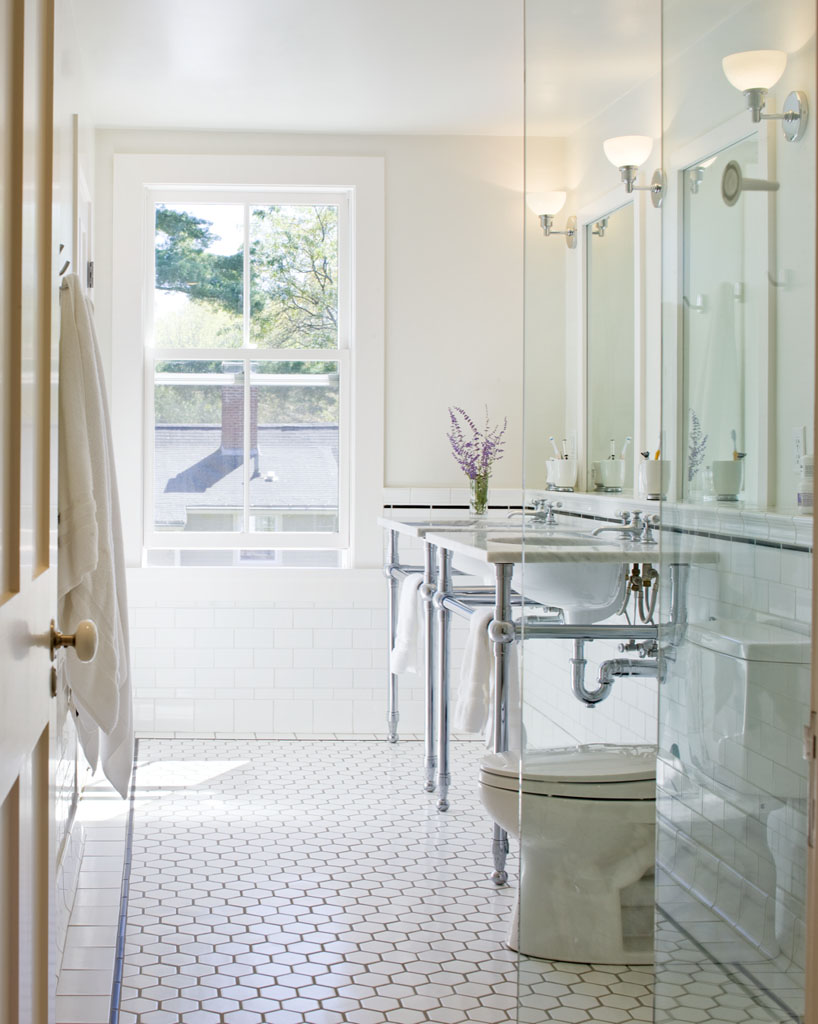
With the emphasis of the remodel being on the rear of the house, design elements were used that reinforce the space created by the new terrace. “A vernacular stone wall wraps from the front of the house to the back to create a platform,” says Estes. The low-profile wall recedes under the porch “to keep the porch light,” then emerges on the back side of the house to define the terrace edge and courtyard beyond. The wall provides a subtle unifier that ties the original farmhouse, its new additions, and the property’s barn into a comprehensive whole. “The layering of spaces all reads together,” explains Estes.
The floor plan of the house was also simplified. The kitchen was moved back to a central location within the original farmhouse, along an axis that includes the new living room addition and the dining room. A new mudroom occupies the addition in the rear of the house; this mudroom and the front entry hall align with the dining room on a perpendicular axis. The linear arrangement permits sightlines through the house that fuse the spaces into a coherent whole.
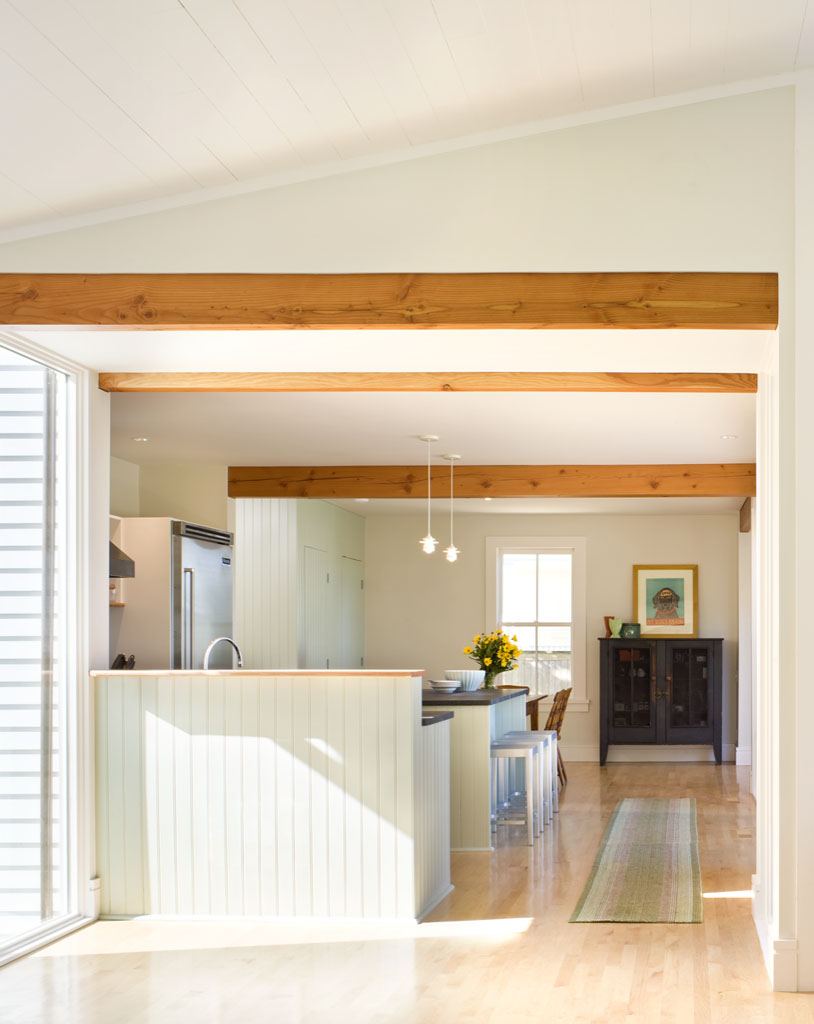
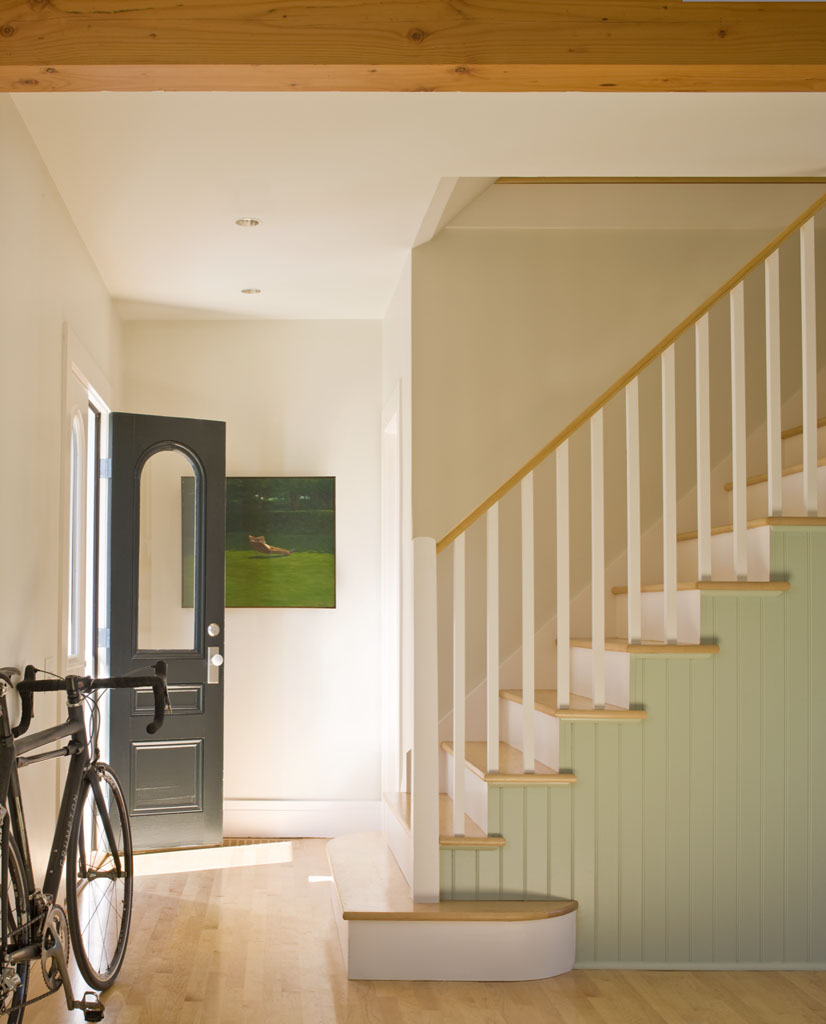
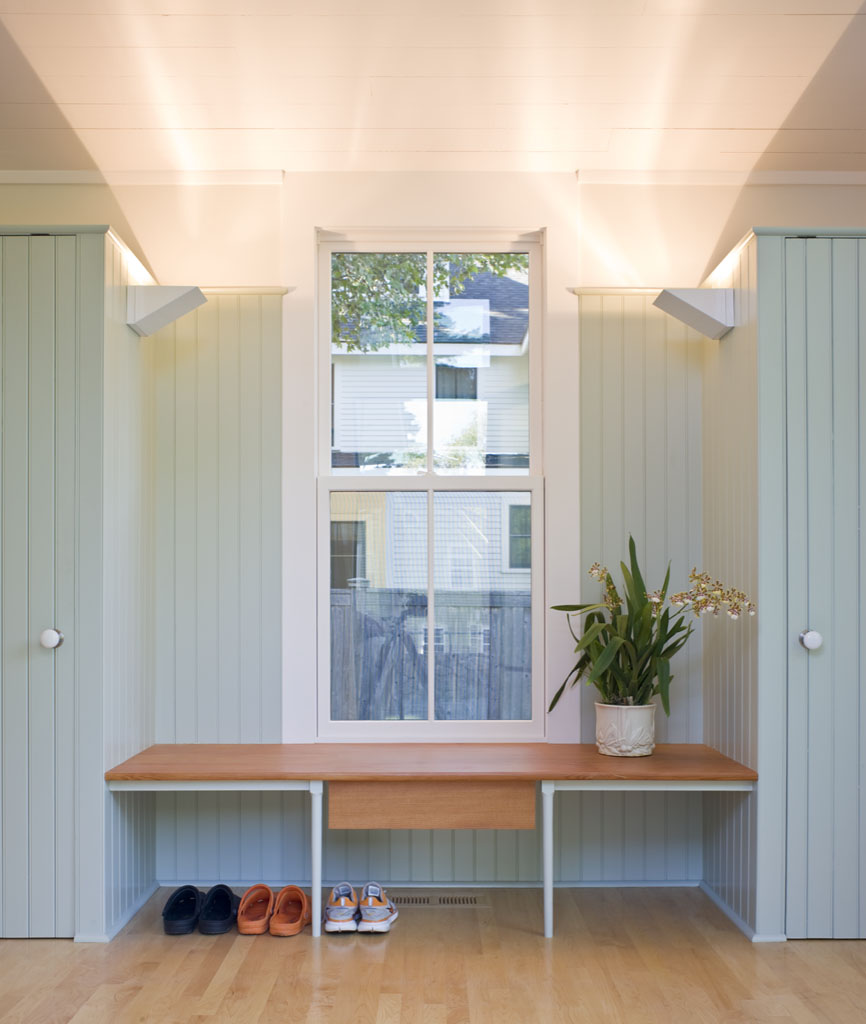
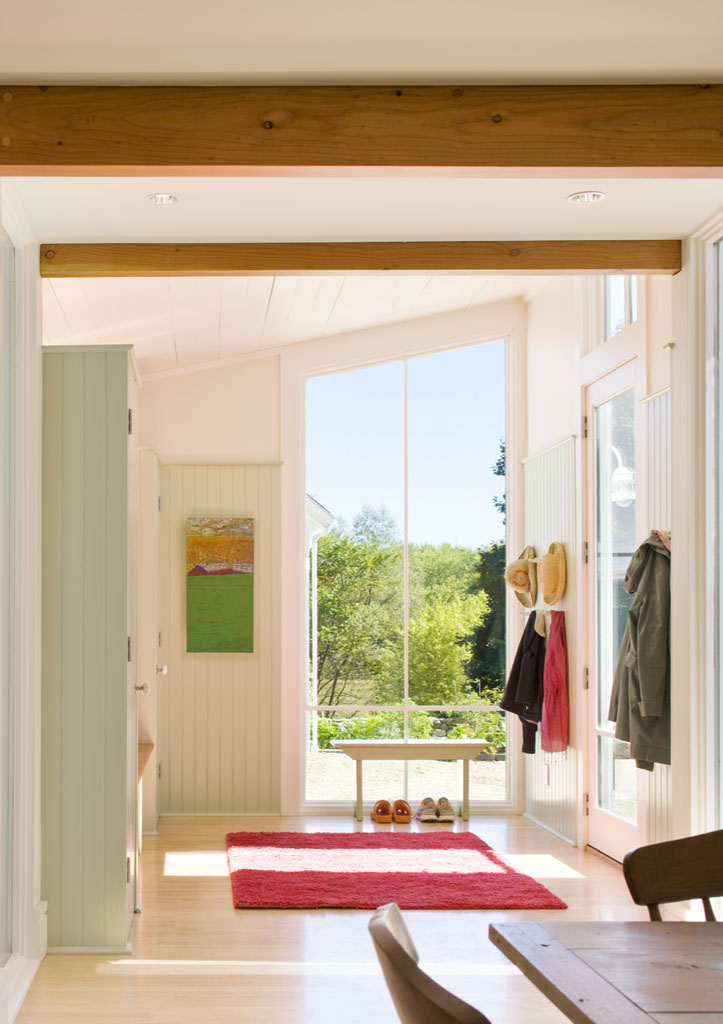
Further optimizing the floor plan, an awkward corner by the existing stairway was fitted with a half-bath. Upstairs, the layout was also streamlined. On the second floor, a new master suite overlooks the rear terrace; third floor rooms take advantage of existing dormers to expand the usable area.
Through an approach that could be called reductive, Estes/Twombly Architects succeeded in renewing the Overall House while paying homage to its history. Programmatic elements were not allowed to overwhelm either the existing house or the forms of the new additions; instead, a coherent massing and layout constrained – even enhanced -- the interior spaces.
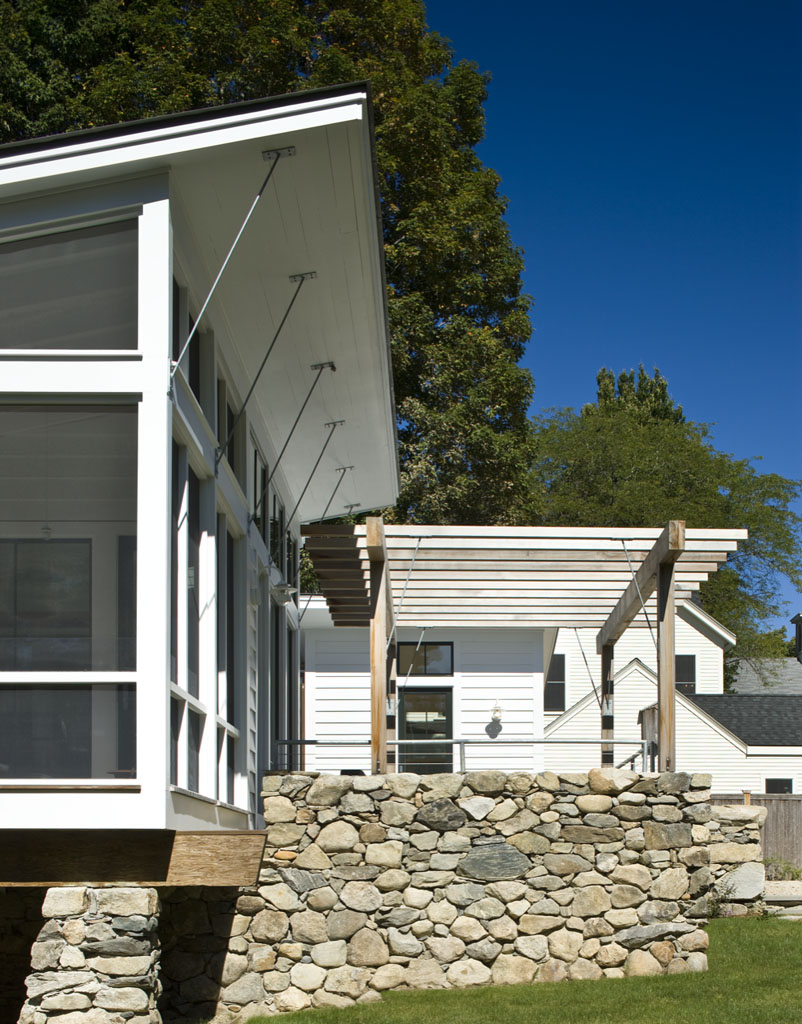
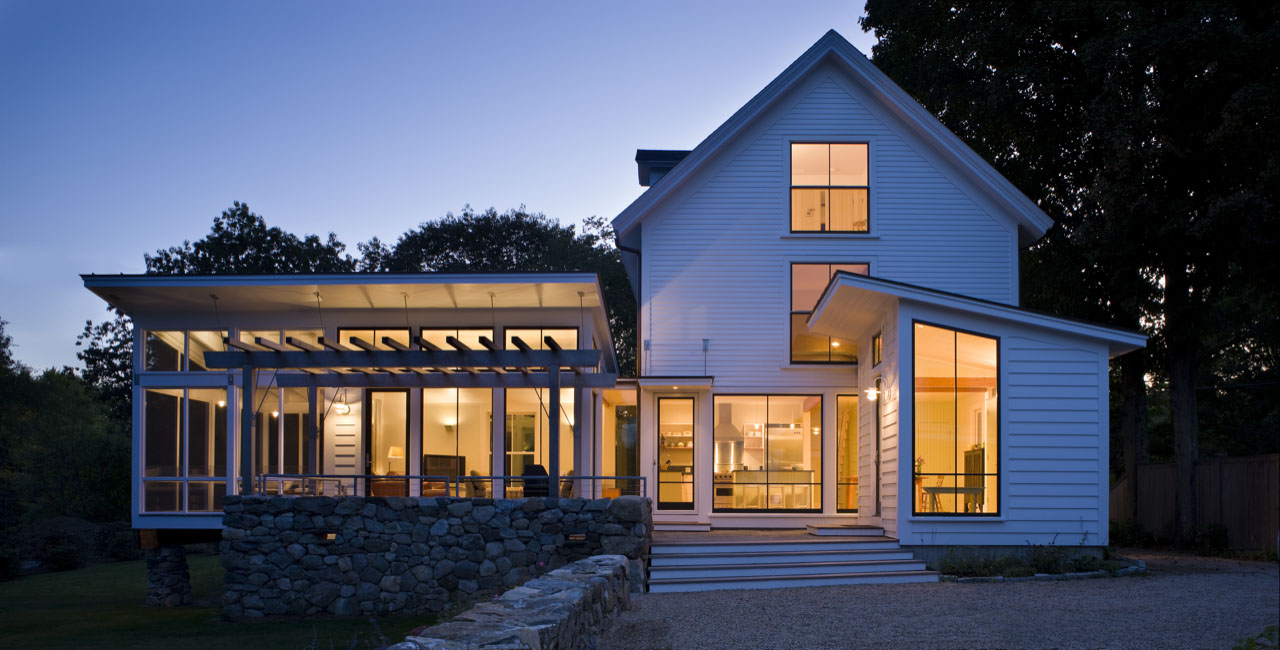

Kristin Dispenza
Kristin graduated from The Ohio State University in 1988 with a B.S. in architecture and a minor in English literature. Afterward, she moved to Seattle, Washington, and began to work as a freelance design journalist, having regular assignments with Seattle’s Daily Journal of Commerce.
After returning to Ohio in 1995, her freelance activities expanded to include writing for trade publications and websites, as well as other forms of electronic media. In 2011, Kristin became the managing editor for Buildipedia.com.
Kristin has been a features writer for Buildipedia.com since January 2010. Some of her articles include:







